
Scary Godmother Compendium: This Was Review Scary Godmother – Oemiu
Scary Godmother Compendium: This Was Review Scary Godmother
Jill Thompson’s *Scary Godmother* series is more than just a collection of Halloween-themed comics; it’s a masterclass in visual storytelling, character development, and creating a world that’s both spooky and heartwarming. From its humble beginnings to its animated adaptations, *Scary Godmother* has carved a special place in the hearts of readers young and old. This compendium aims to explore the magic behind *Scary Godmother*, examining its artistic merit, narrative strengths, and the enduring appeal of its whimsical world. We’ll delve into the key elements that make *Scary Godmother* such a captivating series, and even touch upon some of the challenges it has faced in achieving wider recognition.
The Genesis of a Whimsical World
The creation of *Scary Godmother* wasn’t an overnight success story. Jill Thompson’s journey began with her established career as a comic book artist, known for her work on titles like *Wonder Woman* and *The Sandman*. However, her desire to create something deeply personal and reflective of her own artistic sensibilities led her down a different path. Thompson’s unique blend of cute and creepy, combined with a genuine love for Halloween, culminated in the birth of *Scary Godmother*. Her distinctive art style, characterized by expressive characters, dynamic panel layouts, and a vibrant color palette, immediately set the series apart. Early influences included classic cartoon animation, children’s book illustration, and even a dash of Gothic horror. But the core of *Scary Godmother*’s appeal lies in its heart. It’s not just about ghosts and goblins; it’s about friendship, facing your fears, and finding the magic in the everyday. The initial *Scary Godmother* stories were published as one-shots, gradually building a loyal fanbase and demonstrating the potential for a larger, more interconnected narrative. Thompson meticulously crafted the world of Halloweenland, populating it with memorable characters like Hannah Marie, Orson, Count Maxwell, and of course, the Scary Godmother herself. The setting is not simply a backdrop but an integral part of the story, infused with its own rules, traditions, and a delightfully skewed perspective on the human world. It’s this carefully constructed world, and the compelling characters within, that allows *Scary Godmother* to resonate with readers on multiple levels.
The Narrative Tapestry: Themes and Story Arcs
The stories within the *Scary Godmother* universe are not merely episodic adventures; they are interwoven narratives that explore a variety of themes relevant to both children and adults. Central to the series is the theme of overcoming fear. Hannah Marie, the young protagonist, initially approaches Halloween with trepidation, but through her encounters with the residents of Halloweenland, she learns to confront her anxieties and embrace the spooky season with enthusiasm. Friendship is another cornerstone of the *Scary Godmother* narrative. The bonds between Hannah, Orson, Katie, and the monsters of Halloweenland demonstrate the power of acceptance, understanding, and loyalty. The *Scary Godmother*, despite her name, acts as a benevolent mentor, guiding Hannah and her friends through their adventures and offering valuable life lessons along the way. The series also subtly explores themes of self-discovery and identity. Characters like Orson, the vampire son, grapple with their place in the world and strive to find their own unique path. The story arcs often revolve around specific Halloween traditions or events, providing a framework for exploring these broader themes. Whether it’s trick-or-treating, pumpkin carving, or attending a monster bash, each story offers a unique perspective on the joys and challenges of Halloween. The use of humor is crucial in balancing the spooky elements of the story. Thompson masterfully blends witty dialogue, slapstick comedy, and visual gags to create a lighthearted and entertaining reading experience. This comedic approach makes the series accessible to younger readers while still appealing to adults who appreciate the clever writing and subtle nuances.
The Art of *Scary Godmother*: Visual Language and Style
Jill Thompson’s artistic style is a defining characteristic of *Scary Godmother*. Her work is instantly recognizable, characterized by its blend of cartoonish exaggeration and detailed rendering. The characters are expressive and emotive, with large, expressive eyes and exaggerated facial features that convey a wide range of emotions. The panel layouts are dynamic and inventive, guiding the reader’s eye across the page and creating a sense of movement and energy. Thompson’s use of color is particularly noteworthy. The vibrant palette, dominated by oranges, purples, and greens, evokes the atmosphere of Halloween while maintaining a sense of whimsy and playfulness. The textures are rich and detailed, adding depth and dimension to the artwork. From the velvety fur of Mr. Bunny to the gnarled bark of the haunted trees, every element of the environment is meticulously rendered. Thompson often incorporates a variety of artistic techniques, including watercolors, pen and ink, and digital painting, to create a unique and visually stunning effect. Her backgrounds are often filled with intricate details, creating a sense of depth and immersion. The architecture of Halloweenland is particularly impressive, with its crooked houses, towering spires, and cobweb-draped landscapes. The overall effect is a visual feast that captures the imagination and transports the reader to a world of spooky delights. Even those unfamiliar with the specific plots can find enjoyment from merely observing the care and craft that goes into each page. Her backgrounds are not just backdrops but are active participants in the storytelling, filled with hidden details and visual jokes. Consider the way she uses shadow and light; it isn’t just to create a spooky atmosphere but to emphasize emotion and guide the reader’s focus. This careful attention to detail is what elevates the *Scary Godmother graphic novel* beyond simple children’s entertainment and into the realm of truly compelling art.
From Page to Screen: The Animated Adaptations
The popularity of *Scary Godmother* eventually led to animated adaptations, bringing the characters and stories to a wider audience. Two animated specials, *Scary Godmother: Halloween Spooktacular* and *Scary Godmother: The Revenge of Jimmy*, were produced, faithfully adapting the stories from the comics. The animation style retained the essence of Thompson’s artwork, capturing the whimsical and expressive nature of the characters. However, translating the visual language of comics to animation presented certain challenges. The animators had to find ways to bring the static images to life, while still maintaining the unique charm of Thompson’s style. The voice acting was also crucial in bringing the characters to life. The voice cast included experienced actors who were able to capture the personalities and quirks of the characters. The music and sound design played an important role in creating the atmosphere of Halloweenland. The soundtrack featured a mix of spooky and whimsical tunes that enhanced the overall viewing experience. While the animated specials were generally well-received by fans, they also faced some criticism. Some viewers felt that the animation quality could have been higher, and others felt that the adaptations didn’t fully capture the depth and nuance of the comics. Despite these criticisms, the animated adaptations helped to introduce *Scary Godmother* to a new generation of viewers and solidified its place in popular culture. They demonstrated the enduring appeal of the characters and stories, and paved the way for potential future adaptations. The existence of these adaptations speaks volumes about the lasting impact of *Scary Godmother*. Even years after the initial publication of the comics, the characters and stories continue to resonate with audiences, demonstrating the timeless quality of Thompson’s work. The transition of *Scary Godmother comics for sale* to the screen allowed for a new avenue of appreciation and accessibility for fans and newcomers alike. These animated features brought the vibrant world to life, albeit with necessary creative liberties, ensuring that the charm of the original stories was preserved.
The Enduring Appeal and Legacy of *Scary Godmother*
The *Scary Godmother* series continues to resonate with readers due to its unique blend of spooky and heartwarming elements. It offers a refreshing alternative to traditional Halloween narratives, focusing on themes of friendship, acceptance, and overcoming fear. The series’ appeal spans multiple generations, with both children and adults finding enjoyment in its whimsical world and relatable characters. The *Scary Godmother* has also had a significant impact on the world of children’s literature and comics. It has inspired other creators to explore similar themes and styles, and has helped to broaden the definition of what children’s comics can be. The series’ success has also demonstrated the importance of creator-owned works, allowing Thompson to maintain creative control over her characters and stories. The *Scary Godmother’s* longevity can be attributed to several factors. First, the characters are well-developed and relatable, each with their own unique quirks and personalities. Second, the stories are engaging and thought-provoking, exploring themes that resonate with readers of all ages. Third, the artwork is visually stunning, creating a world that is both spooky and inviting. Perhaps most importantly, *Scary Godmother* offers a message of hope and empowerment. It teaches readers that it’s okay to be afraid, but that it’s important to face your fears and to find the magic in the everyday. This message is particularly relevant in today’s world, where children and adults alike are often bombarded with messages of negativity and anxiety. *Scary Godmother* provides a welcome escape from the pressures of modern life, offering a reminder that there is still beauty and wonder to be found in the world. The story is a testament to the power of visual storytelling and the importance of creating works that are both entertaining and meaningful. It stands as a shining example of how comics can be used to explore complex themes and to connect with readers on a deep emotional level. Its success demonstrates that there is a strong demand for children’s comics that are both creative and substantive. It’s a world where monsters aren’t always scary, and where a little bit of Halloween magic can make a big difference.
| Feature | Scary Godmother: Halloween Spooktacular (Animated Special) | Scary Godmother: The Revenge of Jimmy (Animated Special) |
|---|---|---|
| Adaptation Source | Based on the first Scary Godmother comic book. | Loosely based on elements from various Scary Godmother comics. |
| Main Plot | Hannah Marie learns about Halloweenland and makes friends with the monsters. | Jimmy seeks revenge on Hannah for a Halloween prank, causing chaos in Halloweenland. |
| Animation Style | Faithful to Jill Thompson’s original artwork. | Continues the style of the first special. |
| Target Audience | Children and families. | Children and families. |
FAQ
What is *Scary Godmother* about?
*Scary Godmother* is a series of comics created by Jill Thompson that tells the story of Hannah Marie, a young girl who is initially afraid of Halloween. Through her encounters with her Scary Godmother, a friendly witch, and the residents of Halloweenland, Hannah learns to overcome her fears and embrace the spooky season. The stories are filled with humor, heartwarming moments, and a cast of memorable characters, including vampires, werewolves, and other fantastical creatures. The series explores themes of friendship, acceptance, and the importance of facing your fears. It offers a refreshing take on Halloween, presenting a world where monsters are not always scary and where a little bit of magic can make a big difference.
Who are the main characters in *Scary Godmother*?
The main characters include Hannah Marie, a young girl who learns to love Halloween; Scary Godmother, a kind witch who acts as Hannah’s mentor; Orson, a vampire boy who is insecure about his identity; Count Maxwell, Orson’s father and a classic vampire; Ruby, a werewolf girl who is one of Hannah’s friends; Mr. Skully Pettibone, a flamboyant skeleton and Scary Godmother’s housemate; and Bug-a-Boo, a creature under Hannah’s bed who is more scared of her than she is of him. These characters form a close-knit community in Halloweenland, where they support each other and embark on various adventures. Their interactions and relationships are central to the themes of friendship and acceptance that run throughout the series.
What age group is *Scary Godmother* appropriate for?
*Scary Godmother* is generally considered appropriate for children aged 8 and up. While the series features spooky elements and Halloween themes, it is ultimately a lighthearted and heartwarming story that is not intended to be overly scary or frightening. The humor and positive messages make it accessible to younger readers, while the complex themes and well-developed characters appeal to older children and adults. Parents should always review the material to determine if it is appropriate for their individual child, but in general, *Scary Godmother* is a beloved series that can be enjoyed by the whole family. The *Scary Godmother* series offers a delightful reading experience that transcends age boundaries, making it a great choice for sharing with loved ones during the Halloween season or any time of year.
Are there any animated adaptations of *Scary Godmother*?
Yes, there are two animated specials based on the *Scary Godmother* comics: *Scary Godmother: Halloween Spooktacular* and *Scary Godmother: The Revenge of Jimmy*. These specials faithfully adapt the stories from the comics, bringing the characters and world of Halloweenland to life in a visually engaging way. The animation style retains the essence of Jill Thompson’s artwork, capturing the whimsical and expressive nature of the characters. The voice acting is also well-done, bringing the personalities of the characters to the forefront. While the animated specials have received positive feedback from fans, some have noted that the animation quality could be improved. Despite these criticisms, they serve as a fun and accessible way to experience the *Scary Godmother* series.
Where can I purchase *Scary Godmother* comics and graphic novels?
*Scary Godmother* comics and graphic novels can be purchased from a variety of retailers, including online bookstores like Seller and Barnes & Noble, as well as local comic book shops. Digital versions of the comics are also available for purchase on platforms like ComiXology. Availability may vary depending on the specific title and format. Checking with local comic book shops often provides the opportunity to discover rare or out-of-print editions. Purchasing directly from Jill Thompson’s website or at comic conventions is also an option, and can even provide an opportunity for her to sign your copy. Keep an eye out for special editions or compendiums that collect multiple stories into a single volume.
What makes *Scary Godmother* different from other Halloween stories?
*Scary Godmother* stands apart from other Halloween stories due to its unique blend of spooky and heartwarming elements. While many Halloween narratives focus on fear and horror, *Scary Godmother* emphasizes themes of friendship, acceptance, and overcoming fear. The series presents a world where monsters are not always scary and where a little bit of magic can make a big difference. The characters are well-developed and relatable, each with their own unique quirks and personalities. The artwork is visually stunning, creating a world that is both spooky and inviting. This focus on positive messages and relatable characters allows *Scary Godmother* to resonate with readers of all ages, making it a truly special and enduring series. It’s a story that encourages empathy and understanding in a spooky and imaginative world.
What is Jill Thompson’s inspiration for *Scary Godmother*?
Jill Thompson’s inspiration for *Scary Godmother* comes from a variety of sources, including her own love of Halloween, classic cartoon animation, and children’s book illustration. She has also cited Gothic horror as an influence. Thompson wanted to create a series that was both spooky and heartwarming, reflecting her own artistic sensibilities and personal experiences. She drew inspiration from her own childhood memories of Halloween, as well as from the stories and characters that she loved as a child. Her distinctive art style, characterized by expressive characters, dynamic panel layouts, and a vibrant color palette, is a reflection of her unique vision and artistic talent. The result is a series that is both visually stunning and emotionally resonant, capturing the magic and wonder of Halloween in a way that is both familiar and entirely original.
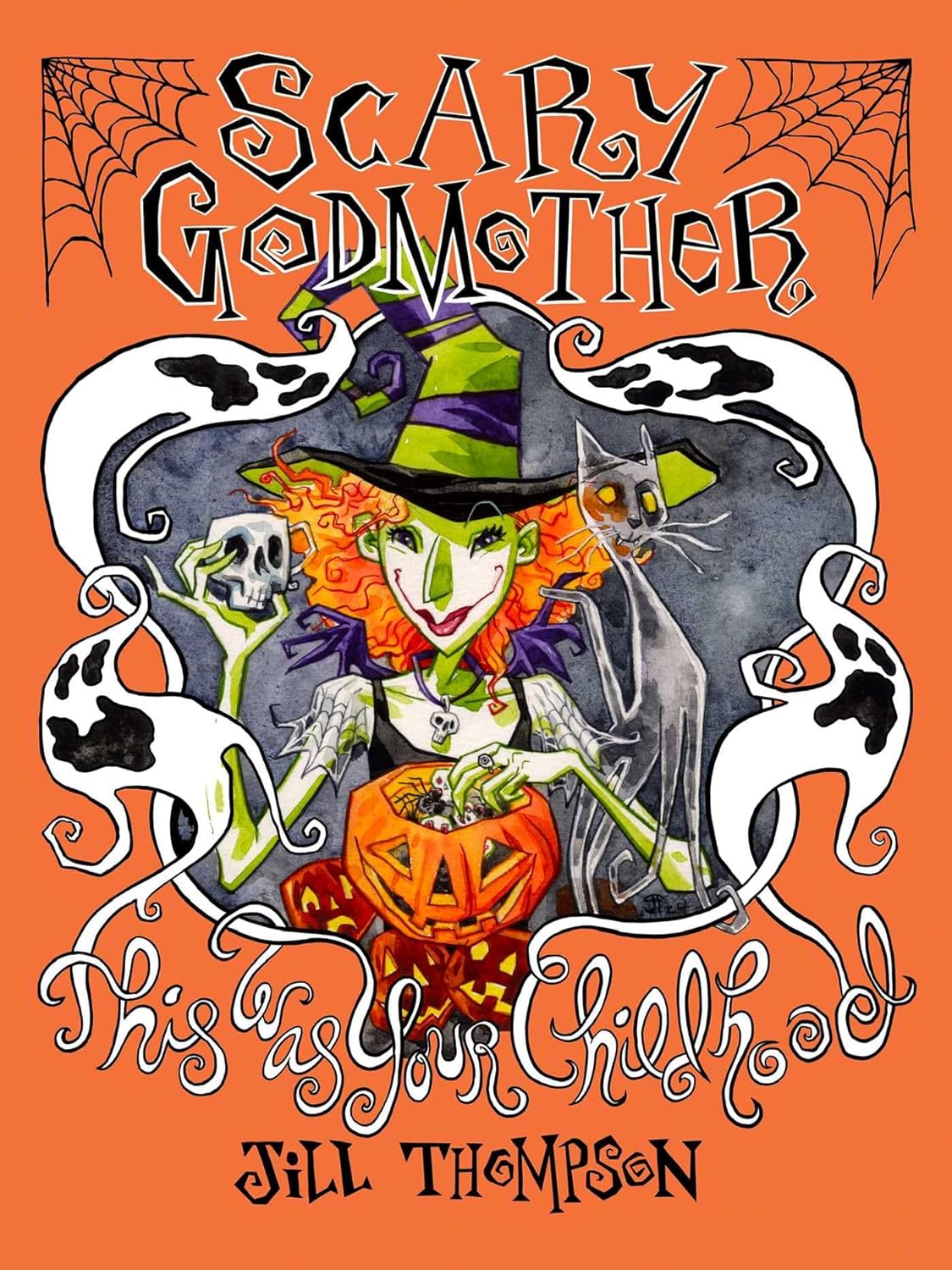
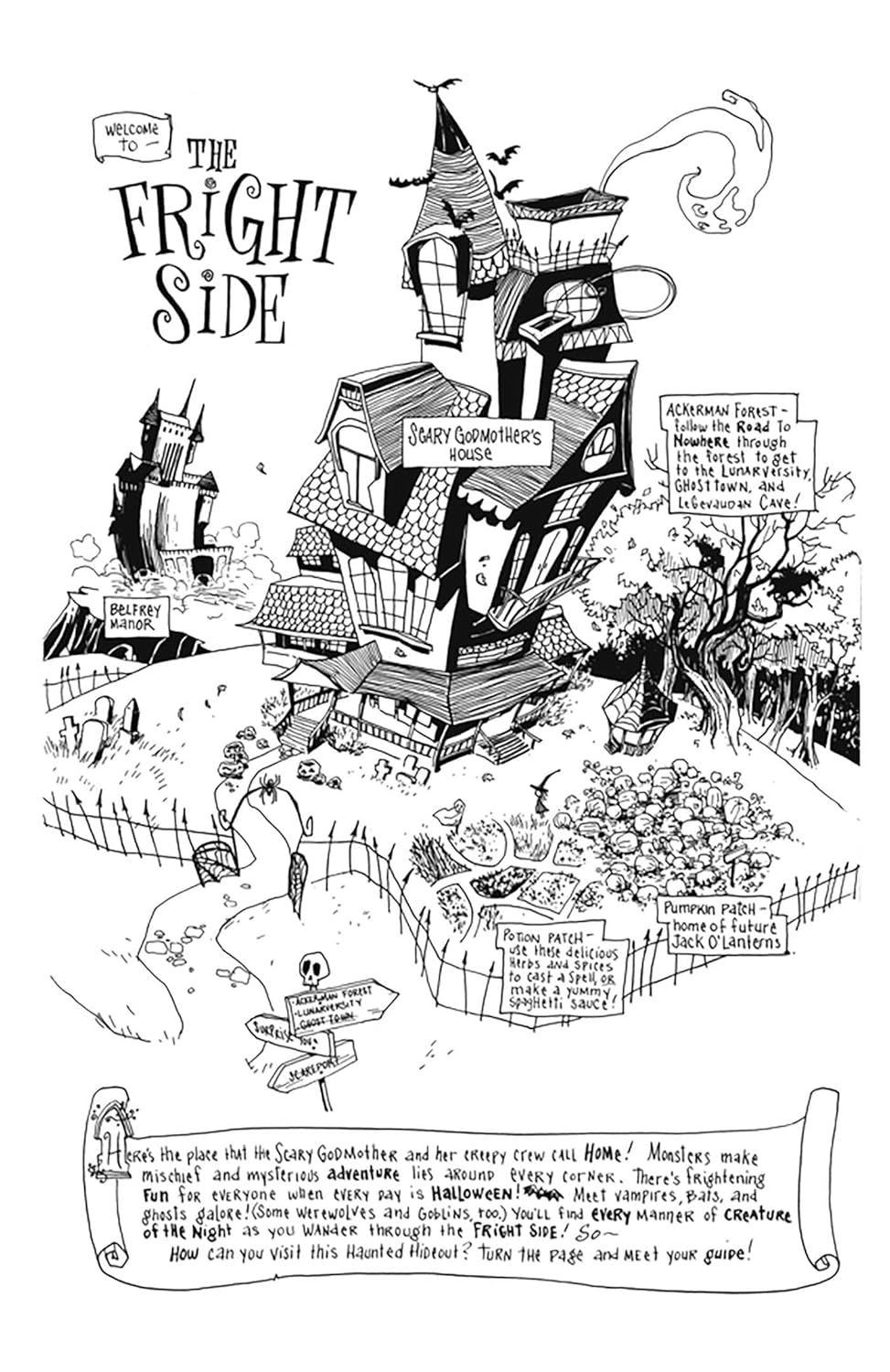
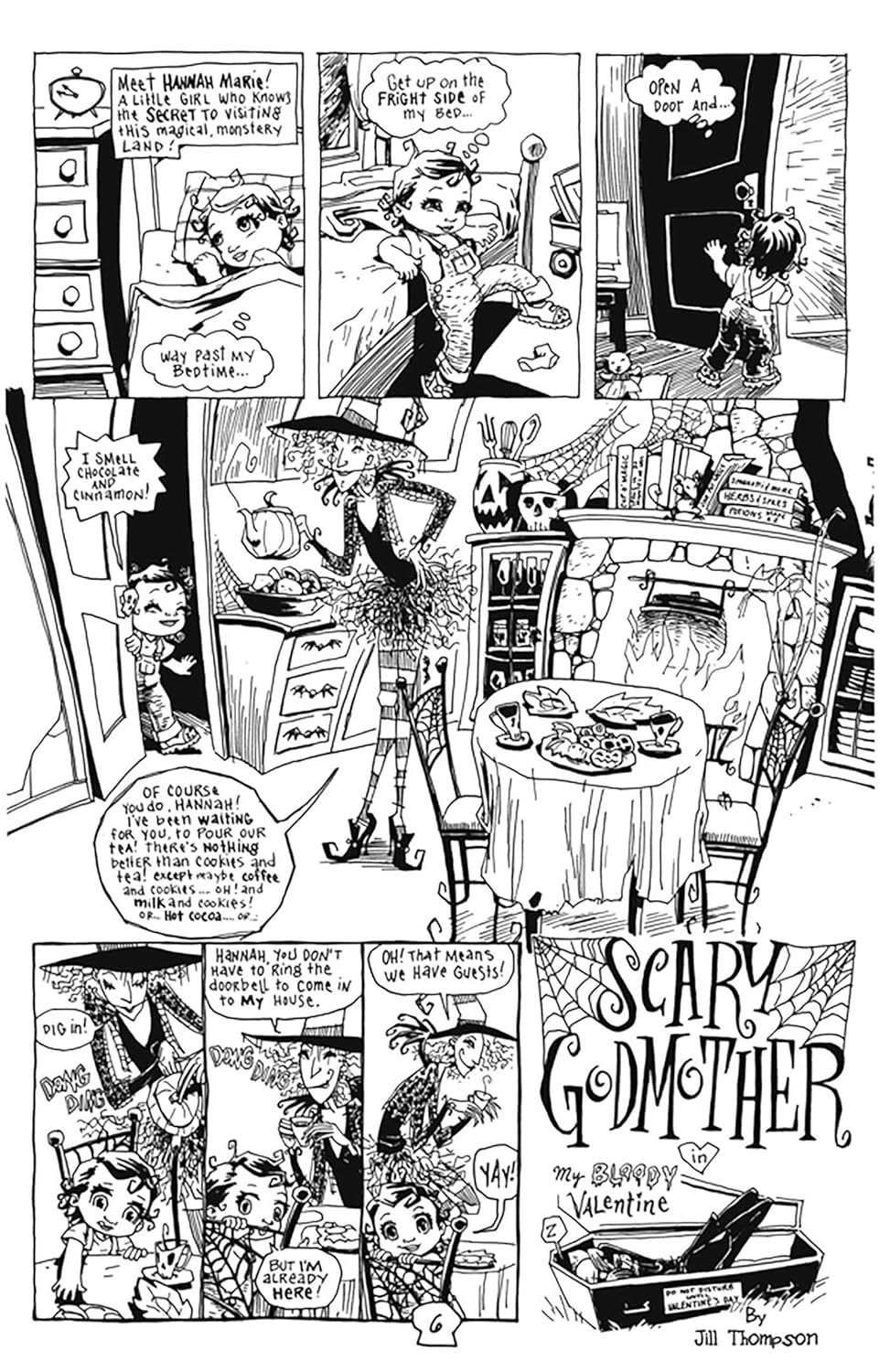
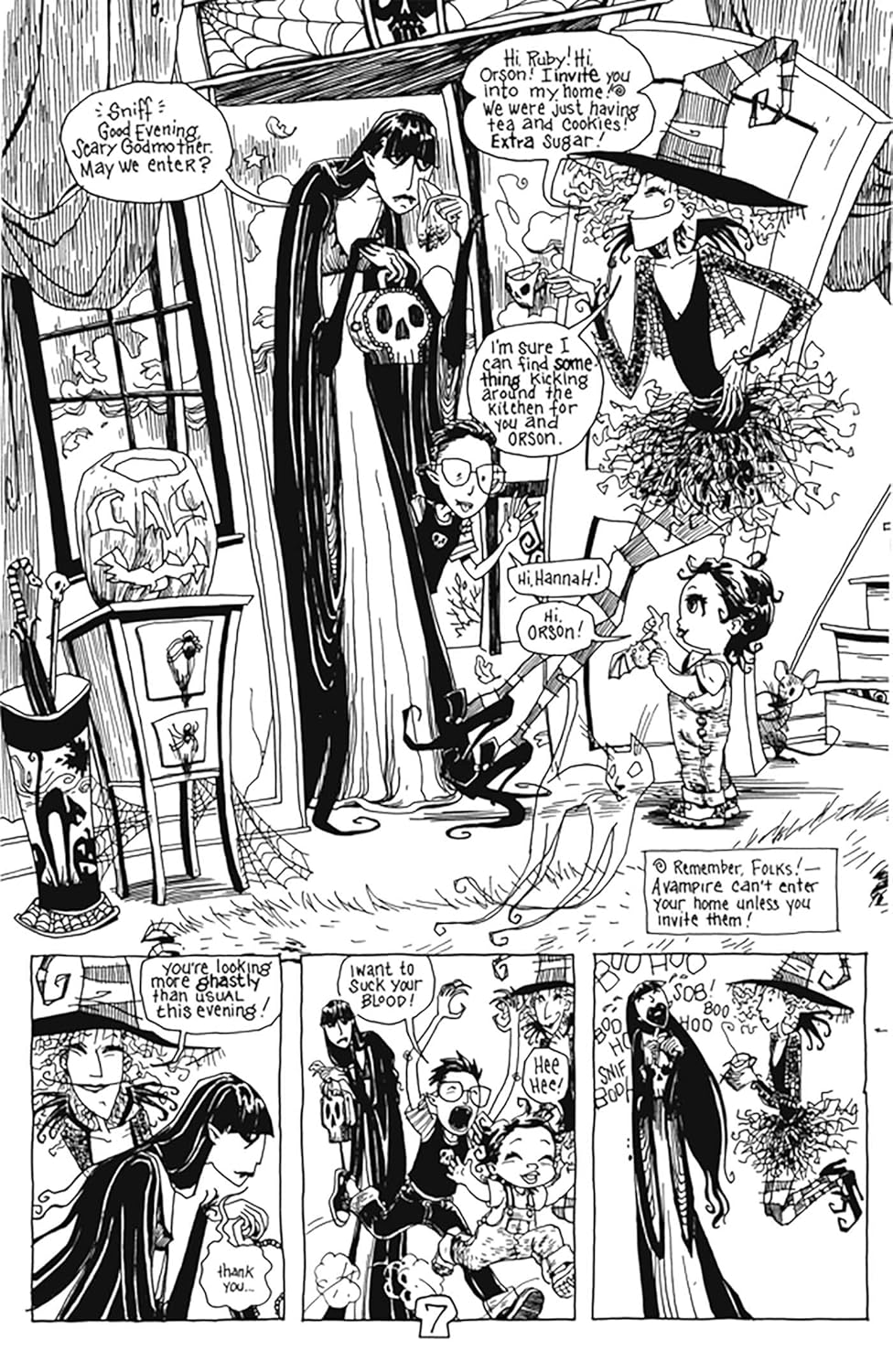

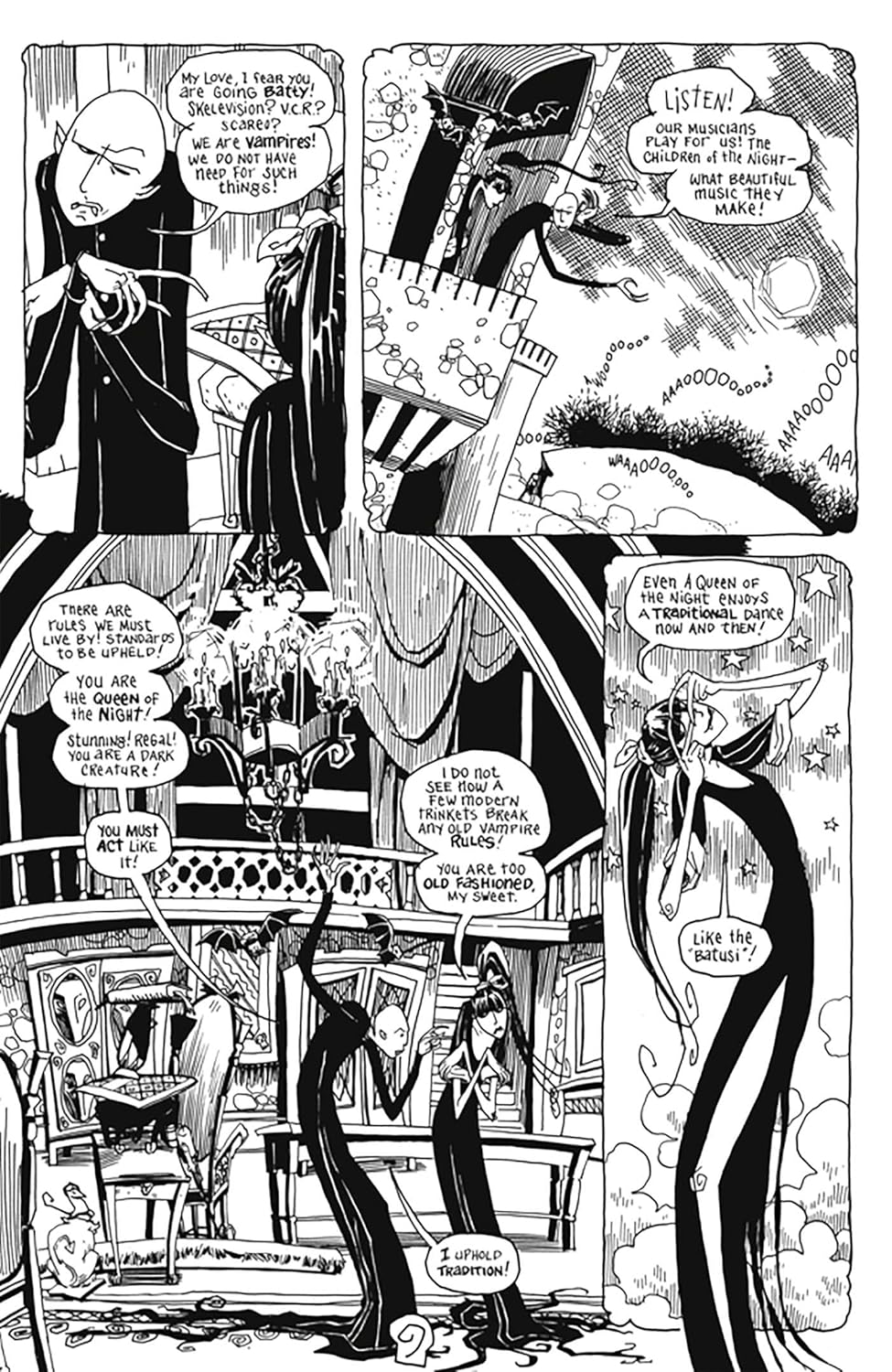
Price: $39.99 - $24.60
(as of Sep 05, 2025 01:19:16 UTC – Details)




